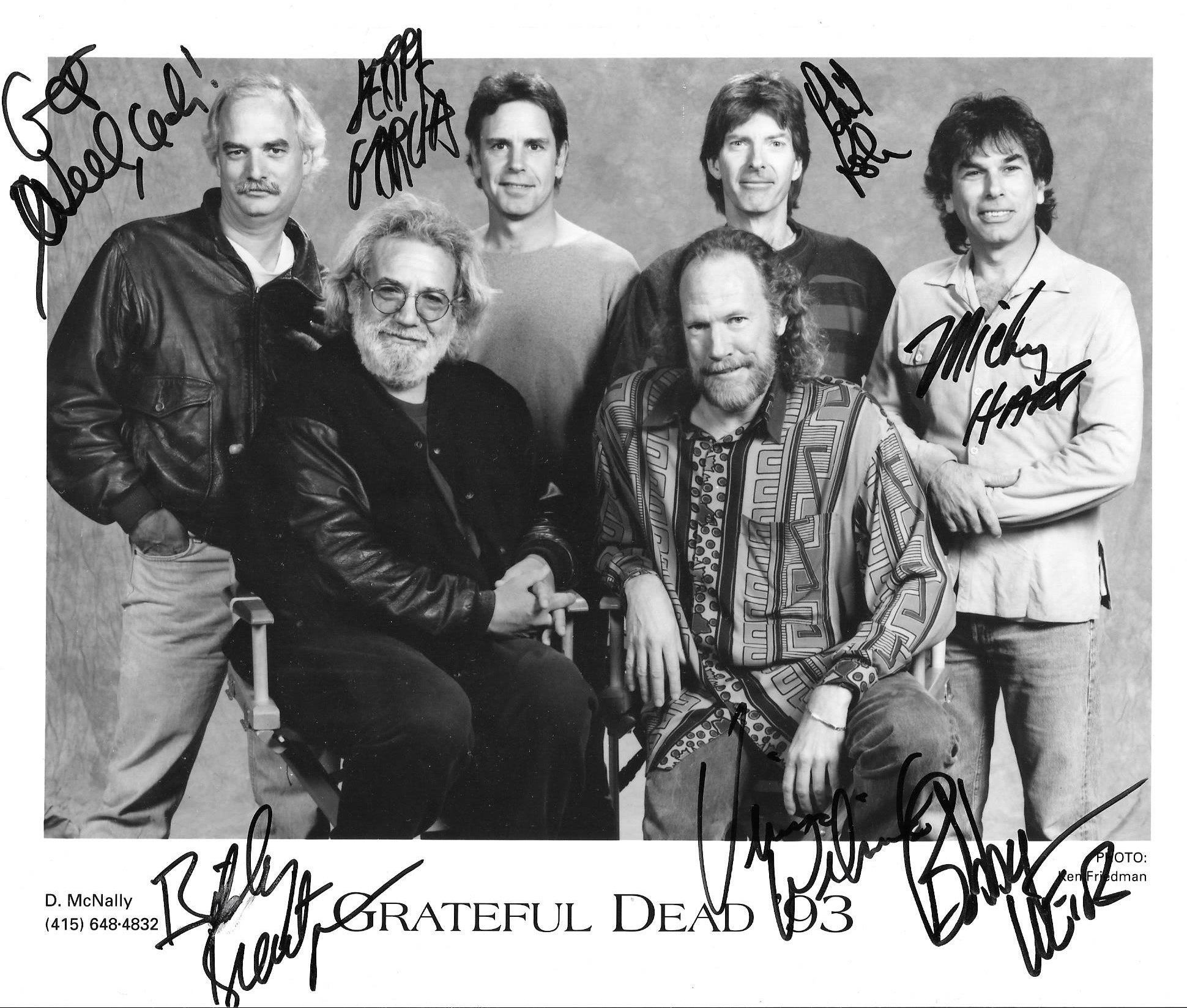

He was the one with the most distinctive voice. It’s easy to forget that after all this time. And yet onstage he really was the commanding figure in that band, not Jerry. He was the guy who looked like the biker and looked like the Hell’s Angel in the band but he from all accounts was this very sweet, shy, vulnerable guy who felt his father didn’t approve of his choice of careers and tended to kind of keep to himself. “The thing that came through repeatedly was how he was diametrically opposed to his image. What band could be more appropriate for creating the eerie Opening and Closing Credits songs for the 1980’s revival of the classic series?Ĩ- Ron “Pigpen” McKernan was the early face of the band: “I learned a lot about him and his personality,” Browne says. It was not all group hugs and sunshine daydream.”ħ-The “Twilight Zone” featured theme music by the Grateful Dead. It was kind of freaky.”Ħ- Sure, they did drugs, but the Dead weren’t just fun-loving hippies: “There was nothing flower power about the Dead,” Browne says. How did they get away with that? You could maybe compare it to a modern-day EDM festival.

It was an eye-opener of how open the society was at that moment. Here you have these people doing LSD in public, more or less and sure, cops stopped by but they didn’t even go in. It was a tightly-knit world and off the radar at that point. So many characters in the Grateful Dead’s lives who would inform them later were there-from Mountain Girl to Phil’s girlfriend, Rosie, to the Pranksters. There had been Acid Tests before and some afterwards, but I thought that one was a particularly vivid one to write about. “When you re-create a scene like that,” he continues, “you realize you’re talking about, I dunno, a couple of dozen people in a little closed space out in the middle of nowhere off of a highway. “We think back now to Ken Kesey and the Merry Pranksters world and the influence that it had going forward from that point.” Browne focuses on one particular “Acid Test,” occurring on December 18, 1965, in an industrial building off Highway 101 in Palo Alto. In fact, it was the largest concert sound system built at that time!ĥ- The legendary “Acid Test” scene was surprisingly small: “It was such a small little scene at that moment,” Browne says. The enormous public address system consisted of 26,400 watts of audio power, and 604 total speakers. And you see that throughout his life.”Ĥ- The Grateful Dead’s 1974 “Wall of Sound” weighed 75 tons. Obviously the world didn’t end on a dime then, but I think moments like that led him to think that you might as well just live in the moment because it could all go away at any minute.

And the Cuban Missile Crisis was another example of that.

He’d seen, most dramatically through the death of his father, how the world could change on a dime. He’d already by that point been through a lot of changes and a lot of setbacks. It was an example of something that informed my sense of the way Jerry could look at the world. “That one night is something that hadn’t come up in any previous book. A film and audio recording of this show is finally being released as SUNSHINE DAYDREAM and is available at the band’s official website, .ģ- In his early years, Jerry Garcia harbored a sense of fatalism: “That was something I didn’t know about going into writing the book and I didn’t know until I interviewed his girlfriend at the time,” Browne says of an evening Garcia spent with his then-girlfriend during the Cuban Missile Crisis thinking the world was about to end. It was one of the hottest days of the year, and mostly everybody was naked. Tickets were printed on the backs of the Creamery’s yogurt labels. The Dead threw a benefit show for the Springfield Creamery in Springfield, Oregon. You throw them all together in a room and you think, ‘How in the world did this happen?’ You realize how haphazard a band it was on every level and yet it worked for 30 years.”Ģ- The band’s concert on Augin Veneta, Oregon, is considered to be one of the very best concerts in the band’s long history. Some of them hadn’t even played electric instruments until they were the Warlocks. “In researching their backgrounds you learn how different they were from each other, both in terms of their personalities and musical backgrounds: You had Phil Lesh who didn’t like rock ‘n’ roll you had Jerry who came from a folk/bluegrass background you had Bob Weir who was kind of a preppy kid into folk music and Kreutzmann who was a jazz drummer. Here are some Interesting and less known facts about Grateful Dead Bandġ- It was unlikely the Grateful Dead existed at all: “I learned how weirdly miraculous it was that this band even came together,” Browne says.


 0 kommentar(er)
0 kommentar(er)
